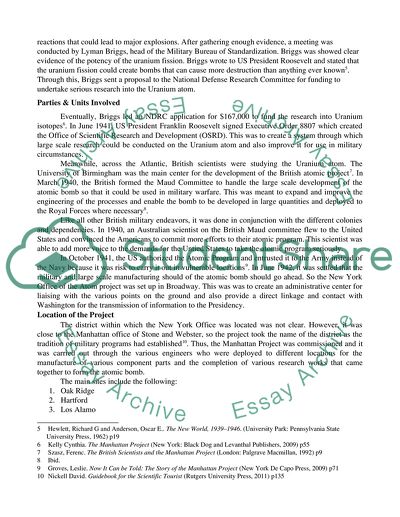Cite this document
(“History of the Manhattan Project Research Paper”, n.d.)
Retrieved from https://studentshare.org/history/1615256-the-manhattan-project
Retrieved from https://studentshare.org/history/1615256-the-manhattan-project
(History of the Manhattan Project Research Paper)
https://studentshare.org/history/1615256-the-manhattan-project.
https://studentshare.org/history/1615256-the-manhattan-project.
“History of the Manhattan Project Research Paper”, n.d. https://studentshare.org/history/1615256-the-manhattan-project.


